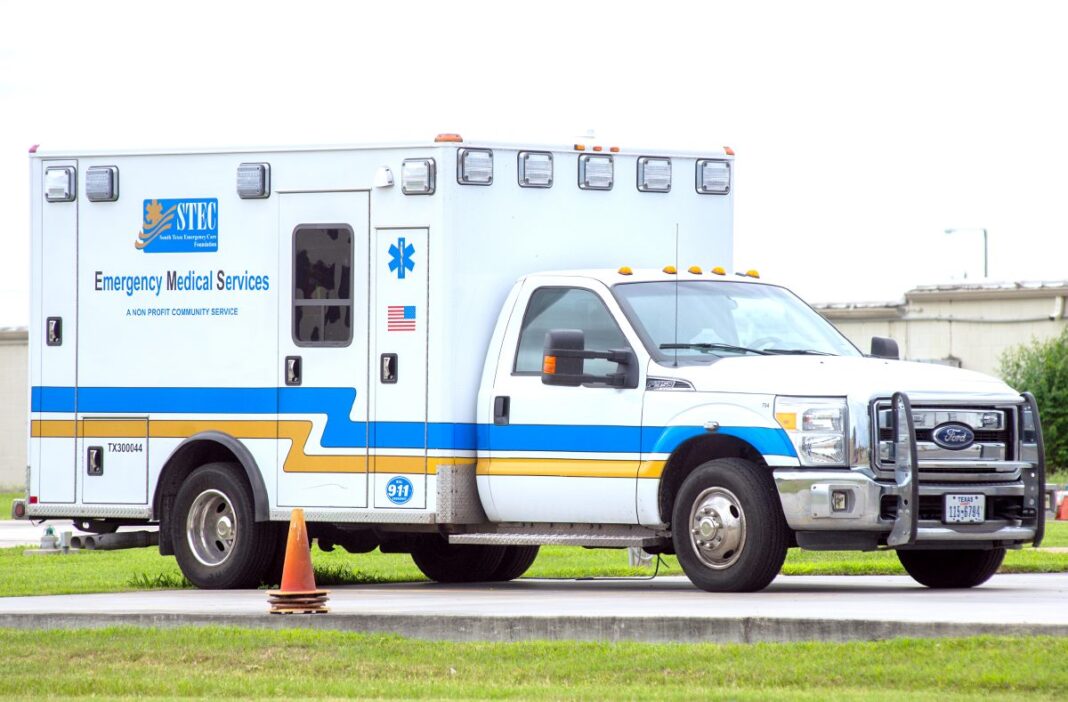Ambulance service is one of the most important functions any municipality provides. Rapid responses by well-equipped ambulances with well-trained emergency medical technicians can be the difference between life and death during emergencies.
Municipalities address such needs in different ways. Some provide the service themselves, usually as a division of their fire departments. Others contract with private companies.
Unfortunately, many such contracts offer exclusive rights to only one or two providers. Monopolies or oligopolies rarely are the best idea, although officials often favor them because it reduces the number of people and companies with which they have to deal.
At the service end, we trust emergency personnel do the best they can, certainly good enough for many if not most people who must use ambulance service to consider the service acceptable.
At least until the bill comes.
Several Rio Grande Valley communities have dealt with the issue over the years, and wrestled with the pros and cons of limiting service to one or two vendors. Harlingen officials currently are debating whether to allow one or more companies to join the only current provider, South Texas Emergency Care Foundation, which has held the exclusive contract since 2007.
City staff have been asked to review that contract and determine if expanding ambulance service is possible, and desirable.
We trust officials will see that the benefits outweigh any reasons to continue the exclusive service.
Apparently, quality of service is not the issue, and any new vendors might only provide non-emergency service. This makes up the bulk of ambulance services, such as taking elderly and infirm residents to regular doctor’s visits, or long trips to out-of-town health centers.
The difference can be important. Some municipal insurance policies limit the scope of coverage, meaning that a city-run ambulance might not be able to transport a patient to a specialty medical center beyond its boundaries. Depending on the terms of any interlocal agreements with emergency service departments at neighboring communities, finding another ambulance could be legally complicated or take an unreasonable length of time.
As staff writer Fernando Del Valle reported last week, a resident found that the rate STEC charges for a non-emergency trip to Houston was $1,500 more than a McAllen company charges. Exclusive contracts can force residents of some communities to take the more expensive option whether they like it or not.
Lack of competition also removes pressure to upgrade or even maintain equipment as well as a company might if it faced competition. Patients might not realize that better service might have been available from another ambulance company, if that company is locked out by an exclusive contract.
For non-emergency transport, patients or their insurance companies should have the freedom to look for the best option, whether it’s based on cost, service or specific needs. Harlingen officials are right to look into the possibility of improving services for their residents. We encourage other municipalities to make the same considerations.




